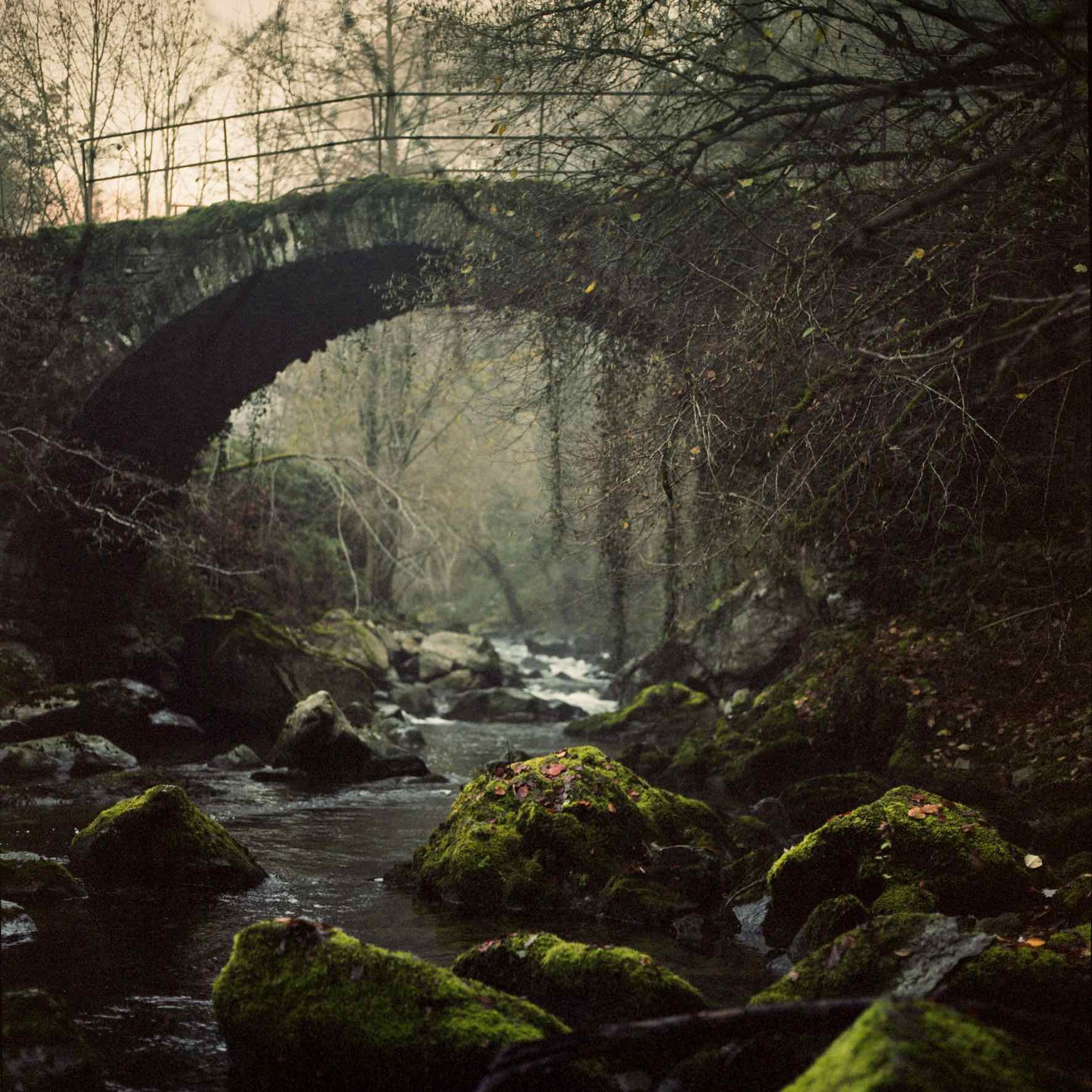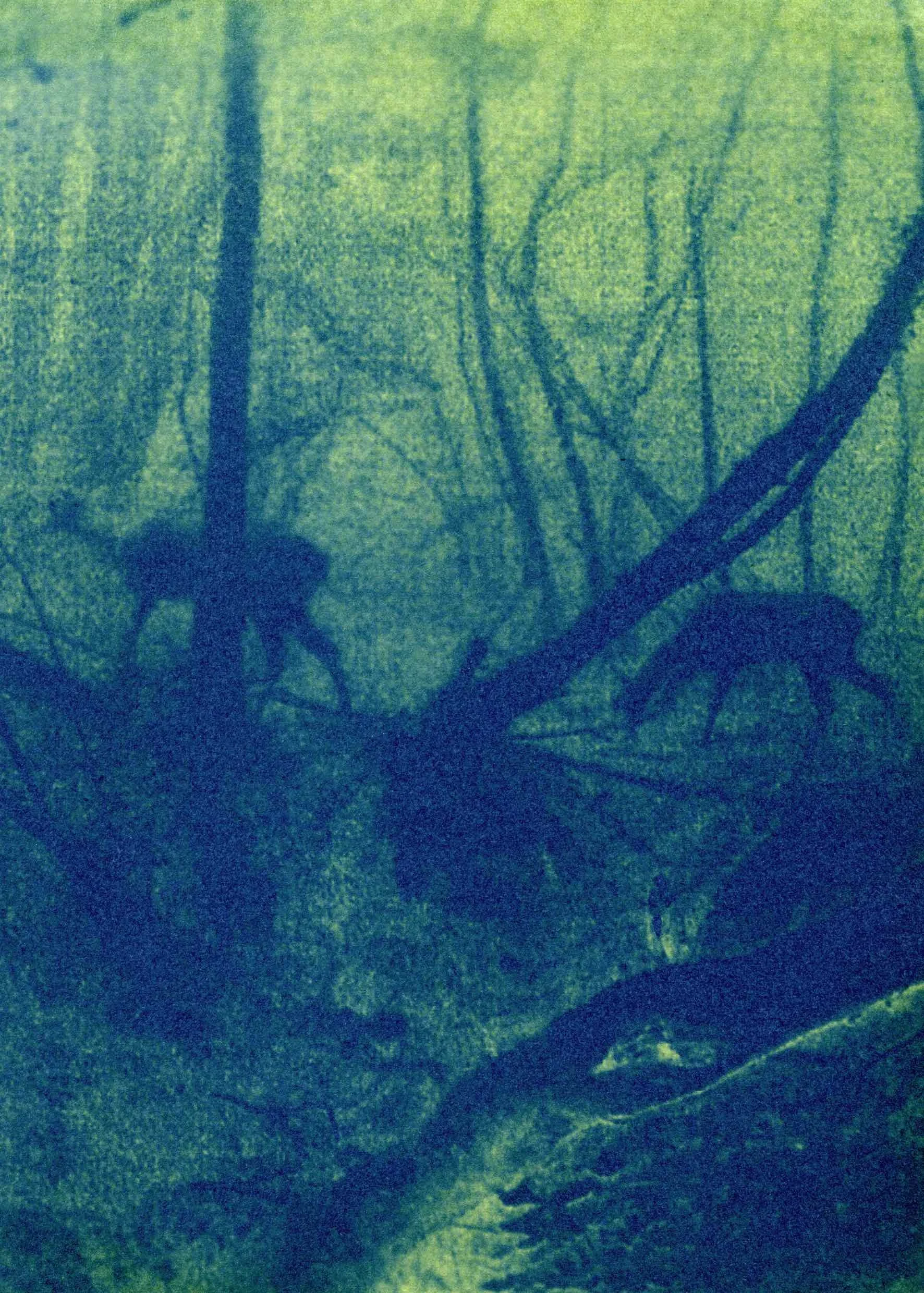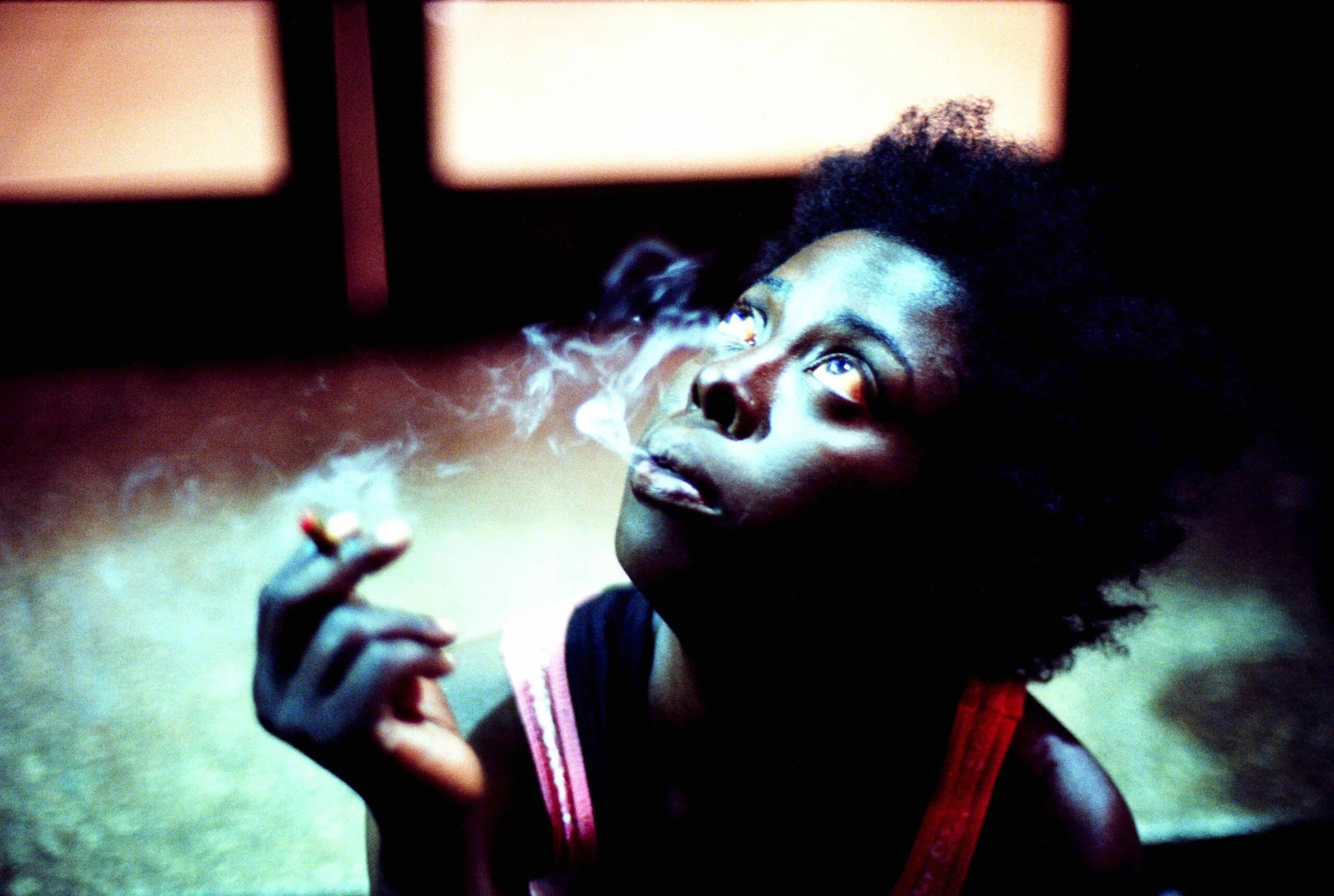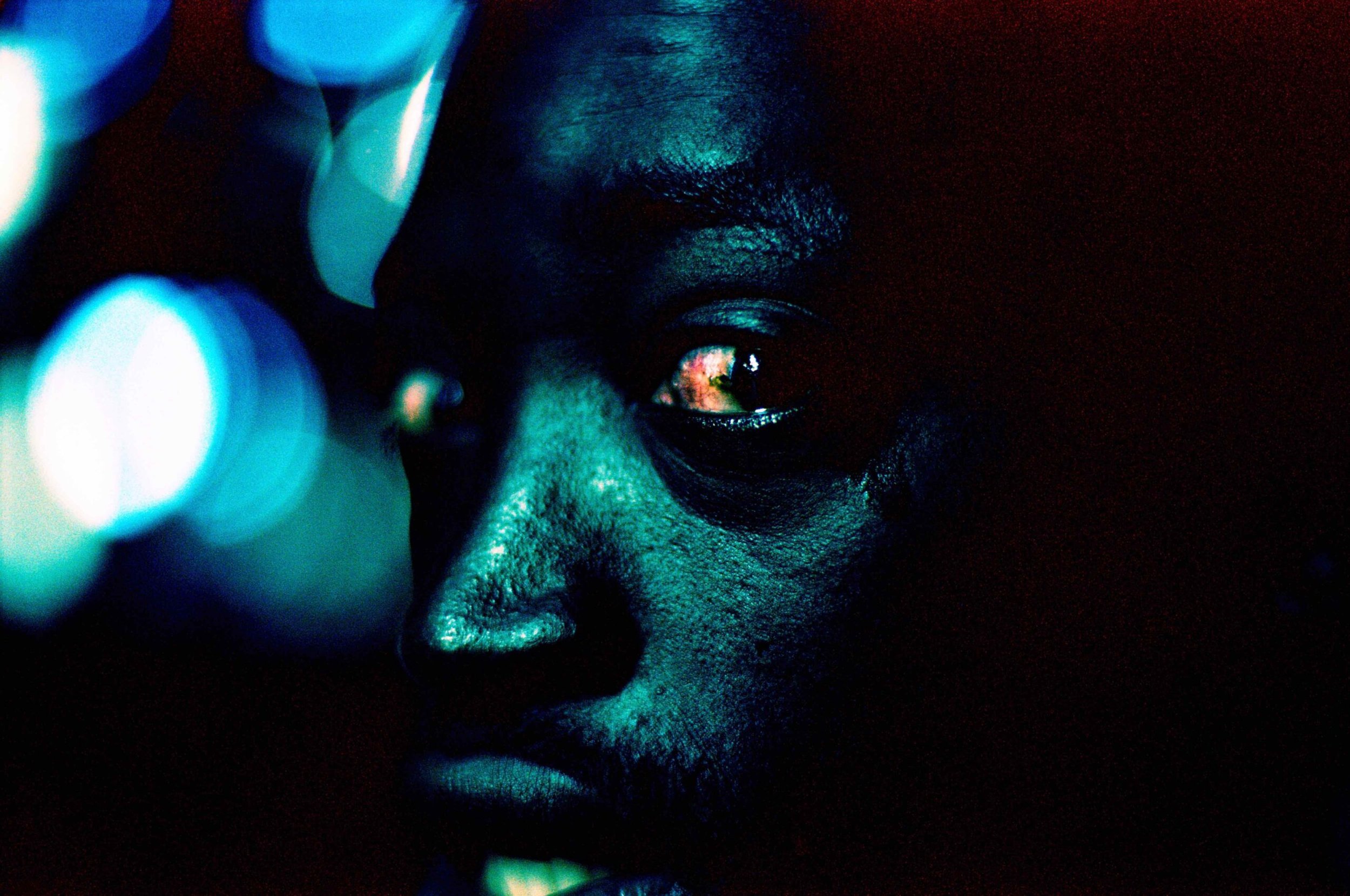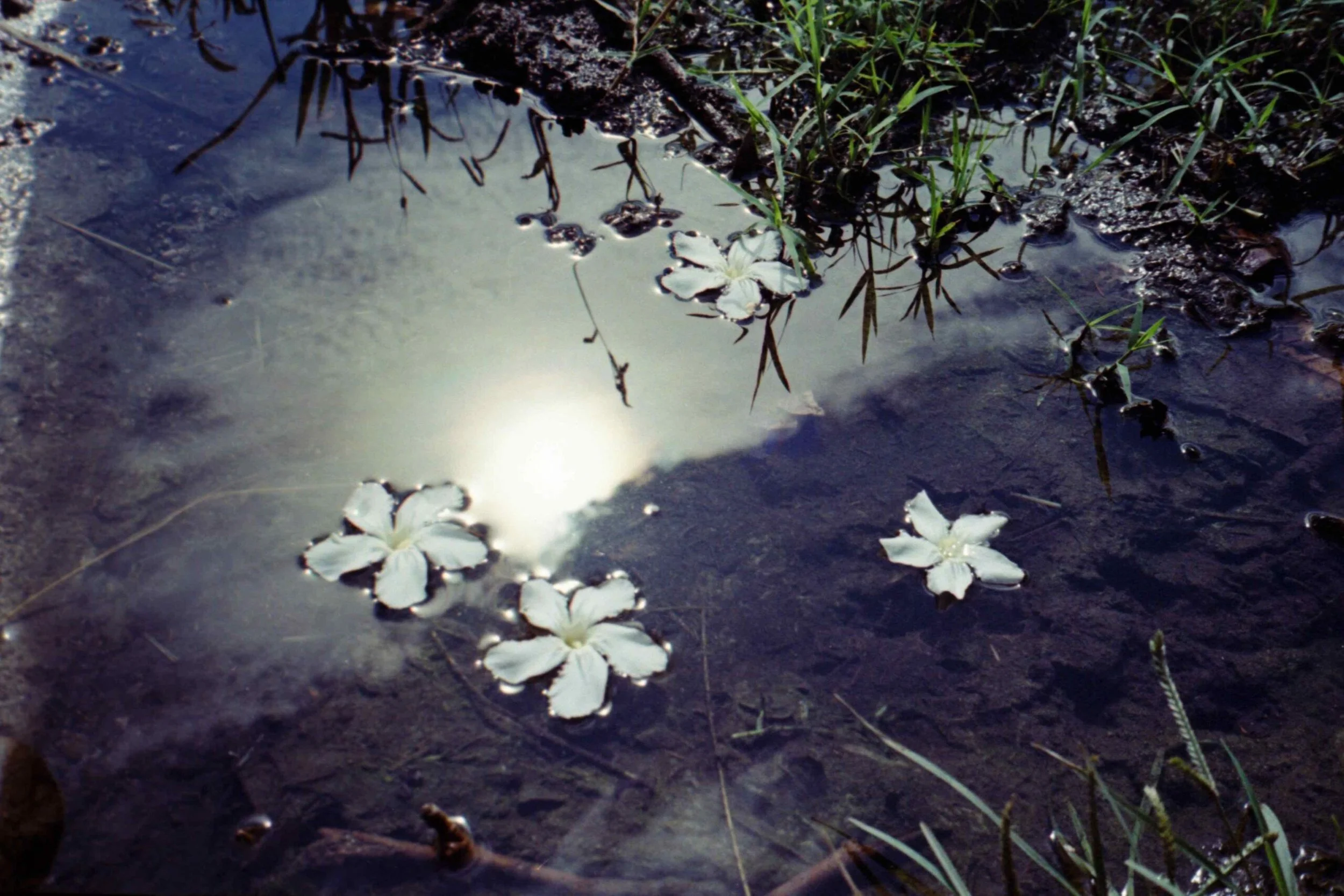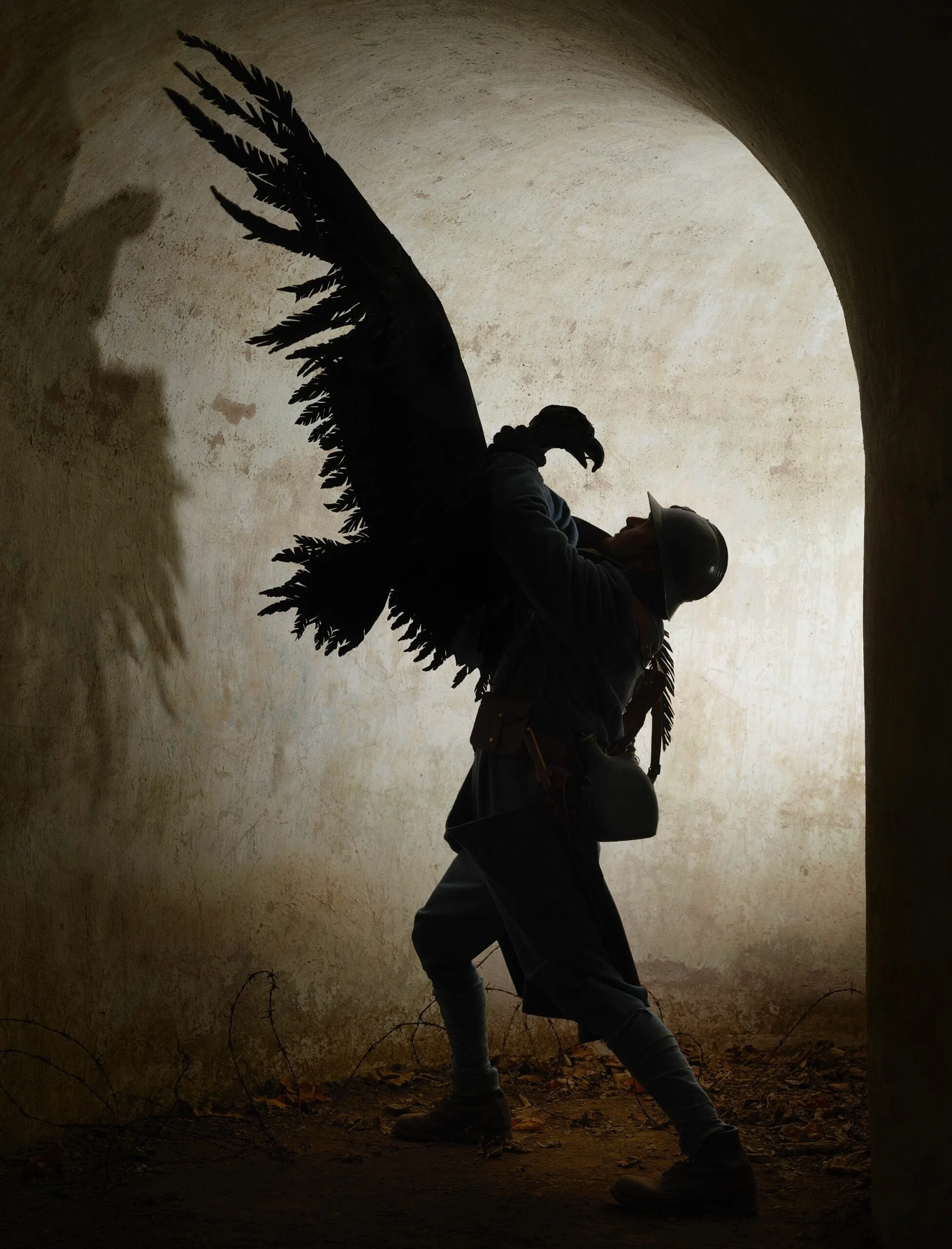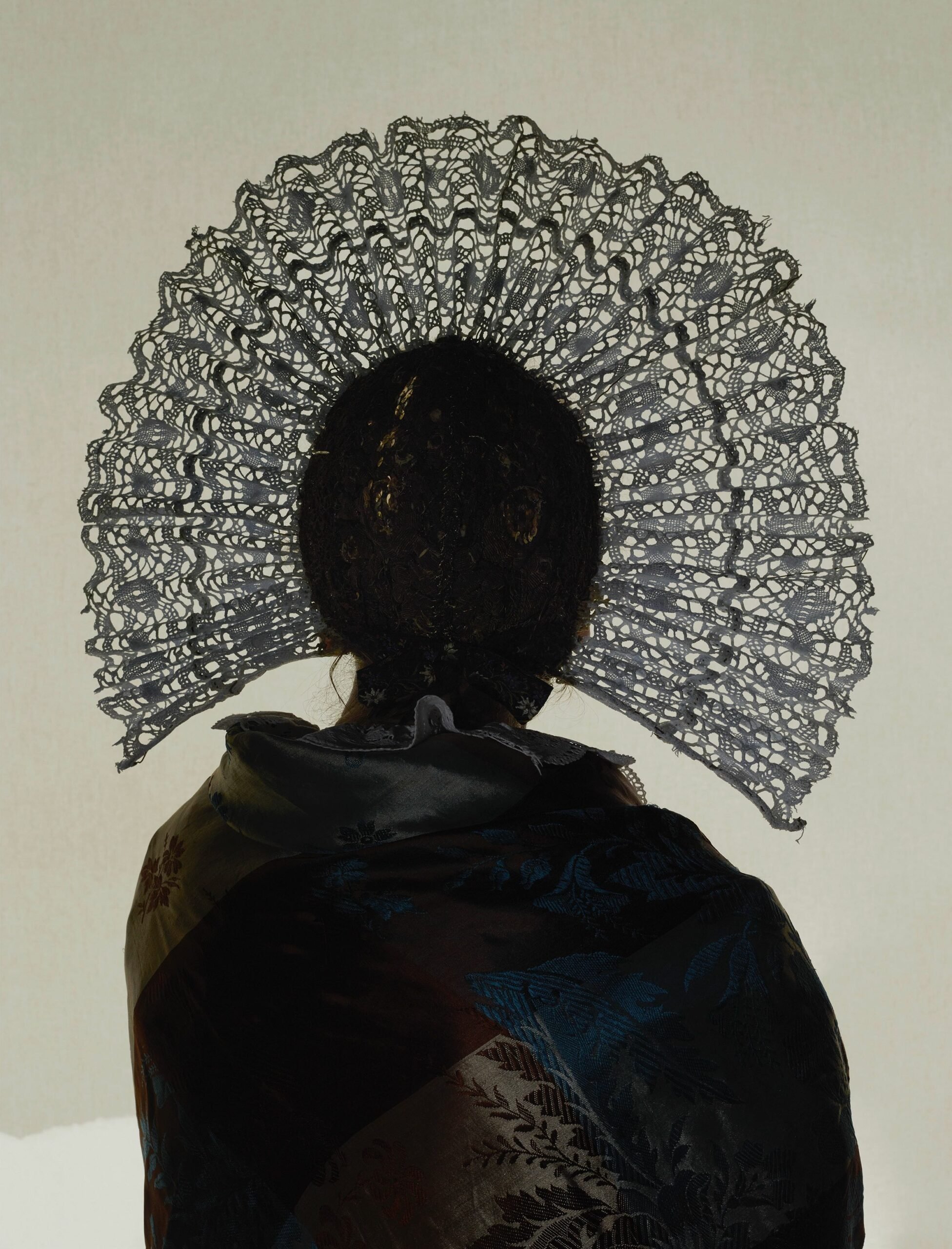
The Other End of the Rainbow - Kourtney Roy | La Chambre | Strasbourg
La Chambre | Strasbourg
29. März – 18. Mai 2025
The Other End of the Rainbow
Kourtney Roy
Kourtney Roy, Snowbanks, 2018, Série The Other End of the Rainbow, Courtesy Galerie Les filles du calvaire, Paris
Mit der Ausstellung The Other End of the Rainbow möchte La Chambre die verschiedenen Facetten der Praxis der kanadischen Fotografin Kourtney Roy hervorheben. Der Ort ist in zwei verschiedene Räume gegliedert, die jeweils eine von der Künstlerin realisierte Serie zeigen. Auch wenn die beiden Serien auf den ersten Blick gegensätzlich erscheinen mögen - die eine mit Inszenierungen in leuchtenden, säuerlichen Farben, die andere mit einer dunkleren, beunruhigenden Farbpalette -, so sind sie sich doch in dem kritischen Blick einig, den Kourtney Roy auf die nordamerikanische Gesellschaft wirft. Sie hinterfragt die Stellung der westlichen Frau zwischen der atemlosen kaukasischen Hausfrau und der vermissten jungen Frau aus der indigenen Bevölkerung. Die Künstlerin setzt ihren Humor und ihr erschreckendes Mitgefühl abwechselnd ein, um die Fehlentwicklungen der Gesellschaft zu thematisieren, indem sie sich auf ihre Nebenfiguren konzentriert. Hier offenbart sie das Ausmaß ihres nuancenreichen Talents und die Feinheit ihrer Analyse des zeitgenössischen Amerikas.
Inspiriert von Roadmovies und Noir-Thrillern, räumt Kourtney Roy der Straße in ihrem gesamten Werk einen wichtigen Platz ein. Als Hommage an diese „Figur“ entschied sich La Chambre dafür, die Ausstellung im Parkhaus Gutenberg zu verlängern, mit der Unterstützung ihres langjährigen Mäzens und Partners Parcus. Eine Anzeige an den Wänden des Parkhauses hebt diese Verbindung zwischen den beiden in La Chambre gezeigten Serien hervor, und zwar durch eine Auswahl von Werken, die diesem konstitutiven Symbol der nordamerikanischen Kultur den gebührenden Platz einräumen.
Kourtney Roy, First snowfall, 2017, Série The Other End of the Rainbow, Courtesy Galerie Les filles du calvaire, Paris
Avec l’exposition The Other End of the Rainbow, La Chambre souhaite mettre en avant les différentes facettes de la pratique de la photographe canadienne Kourtney Roy. Le lieu est organisé en deux espaces distincts, chacun présentant une série réalisée par l’artiste. Si de prime abord les deux séries peuvent sembler aux antipodes – l’une faite de mises en scènes aux couleurs vives et acidulées, l’autre dans une palette chromatique plus sombre et inquiétante – elles se rejoignent dans le regard critique que porte Kourtney Roy sur la société nord-américaine. Elle y questionne la place de la femme occidentale, entre la ménagère caucasienne à bout de souffle et la jeune femme indigène portée disparue. Usant tour à tour d’un humour décapant et d’une compassion teintée d’effroi, l’artiste s'attaque sans ambivalence aux déviances de cette société en s'attachant à ses figures secondaires. Elle dévoile ici l’ampleur de son talent, riche en nuances, et la finesse de son analyse de l’Amérique contemporaine.
S'inspirant des road movies et des thrillers noirs, Kourtney Roy accorde une place prépondérante à la route dans l’ensemble de son oeuvre. Comme un hommage à ce « personnage », La Chambre fait le choix de prolonger l’exposition au sein du parking Gutenberg, avec le soutien de son mécène et partenaire de longue date, Parcus. Un affichage sur les murs du parking met en exergue cette jonction entre les deux séries présentées à La Chambre, à travers une sélection d’oeuvres qui font la part belle à ce symbole constitutif de la culture nord-américaine.
Kourtney Roy, Night Shooting, 2018, Série The Other End of the Rainbow, Courtesy Galerie Les filles du calvaire, Paris
Con la mostra The Other End of the Rainbow, La Chambre intende presentare le diverse sfaccettature della pratica della fotografa canadese Kourtney Roy. Lo spazio è organizzato in due aree distinte, ognuna delle quali presenta una serie prodotta dall'artista. Sebbene a prima vista le due serie possano sembrare opposte - una con scene dai colori brillanti e aciduli, l'altra con una tavolozza più scura e inquietante - esse convergono nella visione critica che Kourtney Roy ha della società nordamericana. L'autrice si interroga sul posto della donna occidentale, tra la casalinga caucasica senza fiato e la giovane indigena scomparsa. Utilizzando alternativamente un umorismo caustico e una compassione che si tinge di paura, l'artista affronta le devianze di questa società senza ambivalenza, concentrandosi sulle sue figure secondarie. Qui rivela l'ampiezza del suo talento, ricco di sfumature, e la finezza della sua analisi dell'America contemporanea.
Ispirandosi ai road movie e ai thriller, Kourtney Roy pone la strada al centro del suo lavoro. In omaggio a questo “personaggio”, La Chambre ha deciso di estendere la mostra al parcheggio Gutenberg, con il sostegno del suo storico mecenate e partner Parcus. Un'esposizione sulle pareti del parcheggio evidenzia il legame tra le due serie presentate a La Chambre, con una selezione di opere che rendono omaggio a questo simbolo della cultura nordamericana.
Kourtney Roy, Enter as Fiction, 2015, Courtesy Galerie Les filles du calvaire, Paris
With the exhibition The Other End of the Rainbow, La Chambre aims to highlight the different facets of the work of Canadian photographer Kourtney Roy. The venue is organised into two separate spaces, each displaying a series produced by the artist. While at first glance the two series may seem poles apart – one made up of bright and acidulous colourful scenes, the other in a darker and more disturbing colour palette – they come together in Kourtney Roy's critical view of North American society. She questions the place of the Western woman, between the exhausted Caucasian housewife and the young indigenous woman who has disappeared. Using in turn caustic humour and compassion tinged with dread, the artist unambiguously tackles the deviancies of this society by focusing on its secondary figures. Here she reveals the full extent of her talent, rich in nuance, and the finesse of her analysis of contemporary America.
Drawing inspiration from road movies and crime thrillers, Kourtney Roy gives a prominent place to the road in all her work. As a tribute to this ‘character’, La Chambre has chosen to extend the exhibition to the Gutenberg car park, with the support of its patron and long-standing partner, Parcus. A display on the walls of the car park highlights the connection between the two series presented at La Chambre, through a selection of works that give pride of place to this symbol that is part and parcel of North American culture.
(Text: La Chambre, Strasbourg)






